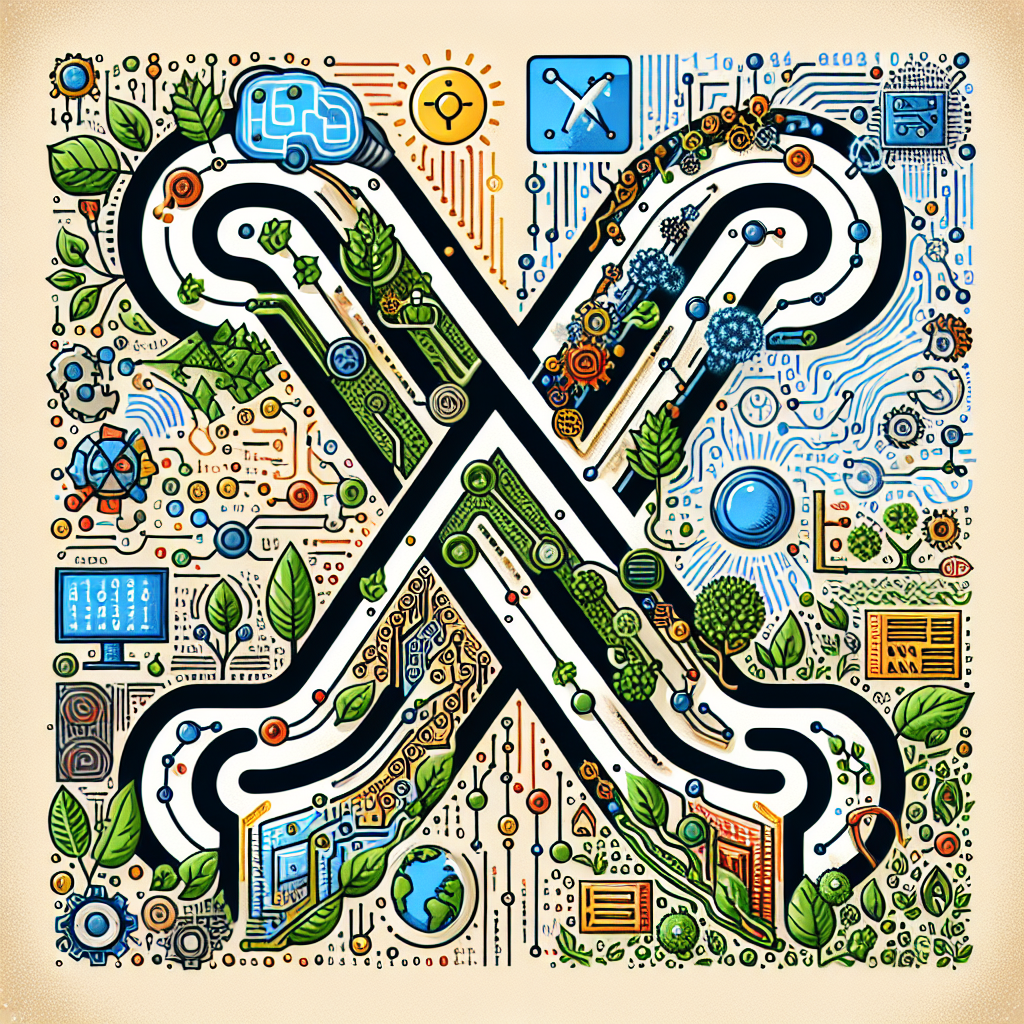The Intersection of AI and Sustainable Development Goals
Artificial Intelligence (AI) is revolutionizing the way we live, work, and interact with the world around us. From self-driving cars to personalized recommendations on streaming services, AI is transforming industries and improving efficiency in ways we never thought possible. But beyond consumer applications, AI has the potential to address some of the world’s most pressing challenges, particularly those related to sustainable development.
The United Nations has identified 17 Sustainable Development Goals (SDGs) to address global issues such as poverty, inequality, climate change, and environmental degradation. AI has the power to accelerate progress towards these goals by enhancing decision-making, optimizing resource allocation, and predicting trends to inform policy-making. In this article, we will explore the intersection of AI and the SDGs, and how AI technologies can be leveraged to create a more sustainable future.
1. AI for Poverty Alleviation
One of the primary goals of the UN’s SDGs is to eradicate poverty in all its forms. AI can play a crucial role in this endeavor by improving access to essential services, such as healthcare, education, and financial services. For example, AI-powered chatbots can provide personalized support to individuals in need, while predictive analytics can help identify at-risk populations and tailor interventions to their specific needs. By leveraging AI technologies, governments and organizations can more effectively target resources and implement programs that address the root causes of poverty.
2. AI for Quality Education
Another key SDG is to ensure inclusive and quality education for all. AI can enhance the learning experience by providing personalized instruction, adaptive feedback, and interactive learning tools. For example, AI-powered tutoring systems can assess students’ performance and tailor lessons to their individual learning styles, helping to bridge the gap between students who may have different abilities or access to resources. By leveraging AI in education, we can create a more equitable and inclusive learning environment that empowers students to reach their full potential.
3. AI for Climate Action
Climate change is one of the most pressing challenges facing our planet today. AI can help address this issue by optimizing energy consumption, improving resource management, and predicting climate trends. For example, AI models can analyze large datasets to identify patterns and make predictions about future climate conditions, helping policymakers develop more effective strategies for mitigation and adaptation. Additionally, AI-powered sensors and monitoring systems can track environmental indicators in real-time, providing valuable insights for decision-making and policy formulation.
4. AI for Sustainable Cities and Communities
As the global population continues to urbanize, it is essential to create sustainable and resilient cities that can support the needs of their residents. AI can help optimize urban planning, transportation systems, and infrastructure development to create more livable and efficient cities. For example, AI-powered traffic management systems can reduce congestion and emissions, while smart grids can optimize energy distribution and reduce waste. By leveraging AI technologies, cities can become more sustainable, inclusive, and resilient to the challenges of the 21st century.
5. AI for Responsible Consumption and Production
Promoting sustainable consumption and production is essential to achieving the SDGs and reducing our impact on the environment. AI can help optimize supply chains, reduce waste, and promote responsible consumption practices. For example, AI-powered algorithms can analyze consumer behavior and preferences to recommend products that are environmentally friendly or ethically produced. Additionally, AI can optimize production processes to minimize resource use and maximize efficiency, leading to a more sustainable and circular economy.
FAQs
Q: How can AI help address poverty and inequality?
A: AI can improve access to essential services, such as healthcare, education, and financial services, by providing personalized support, predictive analytics, and targeted interventions. By leveraging AI technologies, governments and organizations can more effectively target resources and implement programs that address the root causes of poverty and inequality.
Q: How can AI contribute to climate action?
A: AI can optimize energy consumption, improve resource management, and predict climate trends to help policymakers develop more effective strategies for mitigation and adaptation. AI-powered sensors and monitoring systems can track environmental indicators in real-time, providing valuable insights for decision-making and policy formulation.
Q: How can AI help create sustainable cities and communities?
A: AI can optimize urban planning, transportation systems, and infrastructure development to create more livable and efficient cities. AI-powered traffic management systems can reduce congestion and emissions, while smart grids can optimize energy distribution and reduce waste, leading to more sustainable and resilient cities.
Q: How can AI promote responsible consumption and production?
A: AI can help optimize supply chains, reduce waste, and promote responsible consumption practices by analyzing consumer behavior and preferences, recommending environmentally friendly products, and optimizing production processes to minimize resource use and maximize efficiency. AI technologies can contribute to a more sustainable and circular economy.
In conclusion, the intersection of AI and the Sustainable Development Goals offers a unique opportunity to address some of the world’s most pressing challenges and create a more sustainable future for all. By leveraging AI technologies to enhance decision-making, optimize resource allocation, and predict trends, we can accelerate progress towards the SDGs and create a more equitable and prosperous world for future generations.

